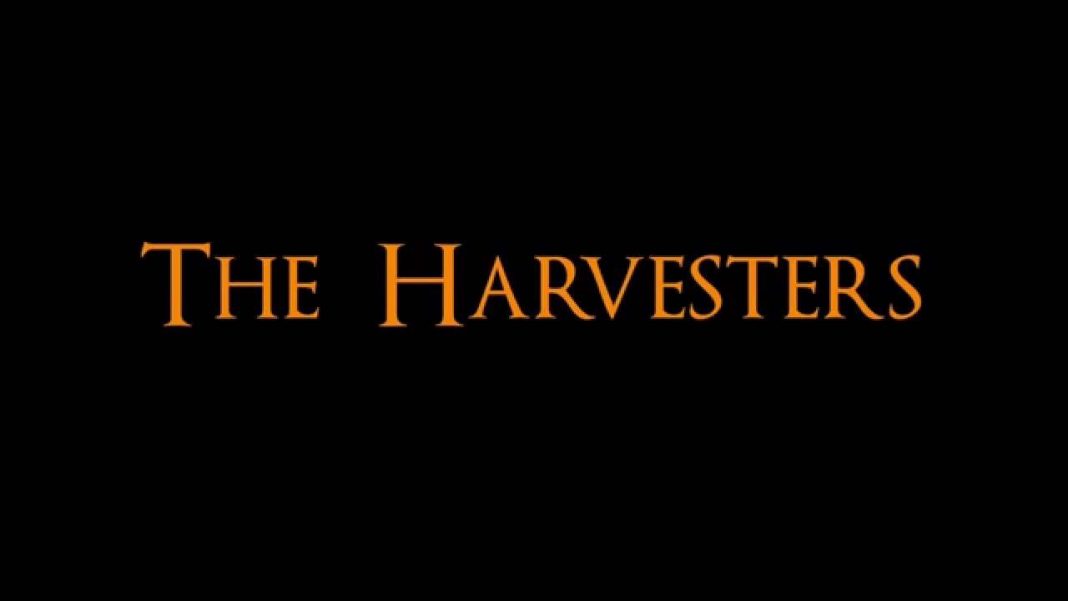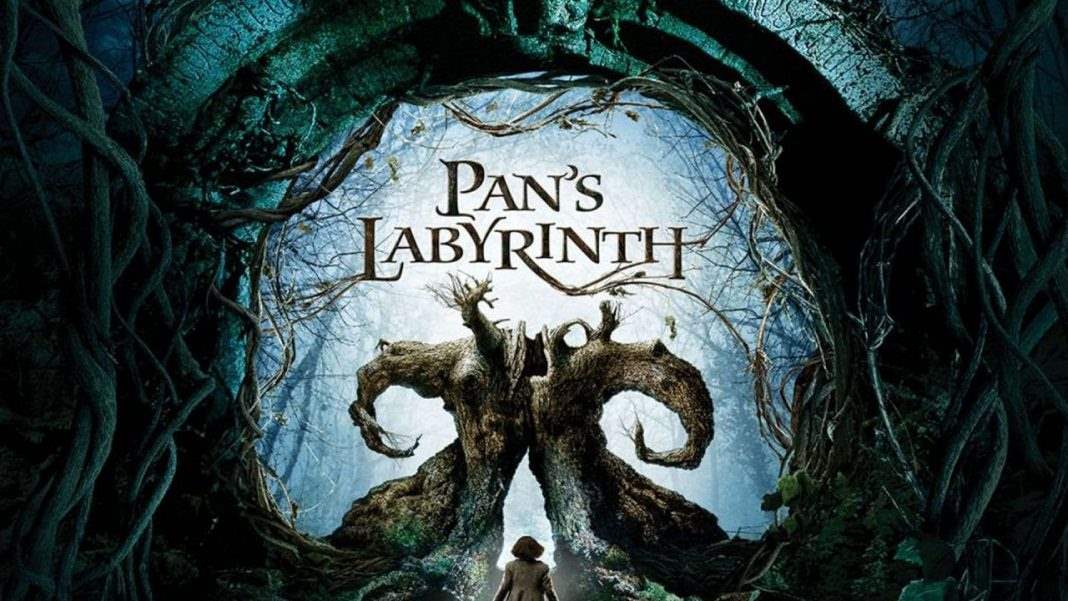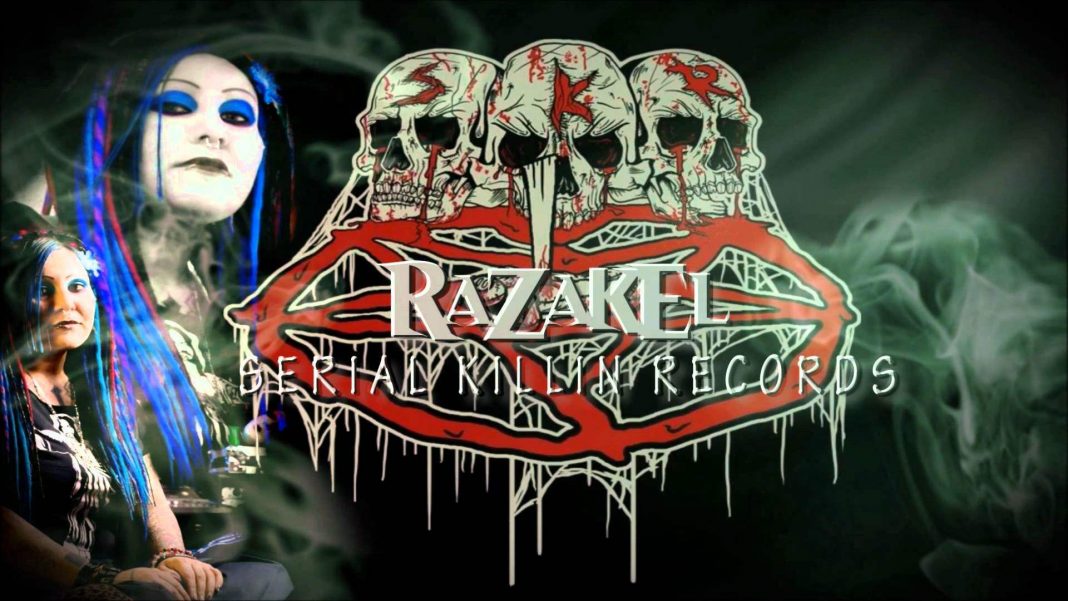Oklahoman filmmaker Nick Sanford is never short on ambition. As a child, Sanford had a penchant for short films, such as Hook 2, a spiritual follow-up to Steven Spielberg’s 1991 fantasy adventure. This flick marked the first chapter in the ongoing struggle of a small town independent filmmaker. A few features and almost two decades later, Sanford is working to conjure a work monstrous in size and impact.
Sanford’s The Harvesters looks to revitalize what a genre film can do for a region in the aftermath of a tragedy. After a string of seemingly untraceable abductions plague a community bounding between modern suburbia and a rural heritage, up-and-coming journalist Jane anxiously seeks to escape her hometown, opting instead for the supposedly greener pastures of New York City. However, the aforementioned disappearances compel Jane to postpone her departure, discovering there is far more to the mundanity she feels imprisoned by.
The Harvesters’ regional relevance, while of course significant, isn’t the only aspect that propelled the momentum of the film’s production. A successful Kickstarter campaign (a feat rarely obtained by artists looking to crowdfund their ideas) fueled the notion that The Harvesters’ mysterious tendrils could reach beyond the Heartland’s borders.
Wicked Horror first met Sanford a few days away from his campaign’s deadline. At the time, Sanford and his producer/editor Andrew McDonald raised roughly $15,000.00, slightly less than half of the project’s goal. Sanford possessed no disillusions when considering his team’s endeavor:
“It’s very ballsy what we’re doing,” Sanford admitted. “We’re asking for $32,000.00 over the course of 31 days. There haven’t really been a lot of Oklahoma Kickstarters that have gone for that much and were successfully funded.”
Determination is a constant presence in Sanford’s demeanor. Citing historic technical achievements like the moon landing, the Empire State Building and Spielberg’s E.T., Sanford brushed off the very real threat of failing to fund the film with a firm confidence. This resolve is necessary in an age where independent efforts, especially and often with horror, almost seem to travel namelessly across cinema’s vast and constantly growing archives.

Sanford has largely stuck to comedy and suspense with films like Black Lighting, Elusive, and Tempis Fugit. Compelled by “audible reactions” and a pinch of self-described narcissism, Sanford finds the genres to rely on raw entertainment, an ability that often turns movie-going into a celebration. Perhaps more relevant to his current cause, horror generally doesn’t cost that much.
“You don’t spend a lot of money on them and they’re usually an easy sell,” Sanford explained. “You can’t really have a less is more action movie. If you just implied the car chase in the dark night, it wouldn’t really work. But with horror, less equals cheaper, and cheaper means more is made.”
“Less” in this instance is a relative term, as Sanford sets his sights high on crafting a piece that makes the most out of his hometown, a state outsiders may often find as creatively desolate as it was literally in the 1930s.
“I really do think Oklahoma has a lot of potential. A lot of people shit on it a little bit. I think it’s a beautiful state geographically, especially if you point the camera in the right direction,” Sanford posited.
Fritz Kirsch, program director at Oklahoma City University and director of Children of the Corn (1984), spoke briefly on the viability of filmmaking in the Heartland. Though upon first glance lending itself to a calm and serene narrative, Kirsch insists this variable is what makes the production of film in Oklahoma so damn compelling, especially in regard to horror.
“Here in Oklahoma you have this world that’s pretty balanced and normal,” Kirsch began. “Then when you warp it just a little bit and make things a little strange, you get the uncanny. When you start to change things it becomes unnerving and you can build on that. To get that, you need a place like here; everything is just so nice and comfortable and genuine.”
The Harvesters carries with it connotations that resound within many residents of the film’s native locale, frequently alluding to an event that, in tandem with Kirsch’s comments, distorted an otherwise familiar landscape indefinitely. On May 20, 2013, Moore, Oklahoma was struck by an historic tornado that left structures decimated and the state’s collective psyche shaken. The event not only served as a global reminder of the devastation natural disasters can wreak, it also provided Sanford with a catalyst.
“I started writing the script during that spring, shortly after it happened,” the filmmaker elaborated. “It was a reaction to that. When a disaster hits your hometown, what do you do? Half the people in here (Sanford briefly motioned to customers of the diner in which we spoke) were affected by that somehow. I think of it as Godzilla to the atomic bomb.”
 Sanford’s efforts ultimately paid off, as the Harvesters’ Kickstarter reached its goal less than 24 hours before the campaign concluded. Contrary to many regional endeavors, however, Sanford and McDonald didn’t ultimately hit their mark with just local support, as the duo snagged their last bit of funding from sources well outside of the realm of their expected backers.
Sanford’s efforts ultimately paid off, as the Harvesters’ Kickstarter reached its goal less than 24 hours before the campaign concluded. Contrary to many regional endeavors, however, Sanford and McDonald didn’t ultimately hit their mark with just local support, as the duo snagged their last bit of funding from sources well outside of the realm of their expected backers.
Much of this could be attributed the efforts of McDonald, who regularly proposed and executed content as a result of the project’s gradual support. These ranged from sneak peaks, “literal social media shoutouts,” among a plethora of other potentially self-depreciative pieces.
“A lot of the kind of wackier ideas for rewards came from me. For example, now I have pledged to create a series of 10-minute sock puppet films as my character, Larry, from the film recreating films of the backers’ choice. So, like Armageddon, but with sock puppets. I’m just now realizing that I’m actually obligated to do this now.” McDonald said with a subtle sense of fear rising from his concluding statement.
McDonald explained that much of his and Sanford’s life was, and still is as of now, encapsulated by the process of developing The Harvesters. With principle photography beginning earlier this month and a premiere anticipated for October of this year, the whirlwind the production has stirred shows no signs of ceasing anytime soon. With the added help of an exceptional cast and crew which happens to include a few staffers of Dimension Films, nothing can foreseeably stop the homegrown thriller.
Sanford resolved that though Kickstarter catapulted them to their ultimate goal, it would have been close to impossible without a pre-existing audience. In tandem with this, Sanford seeks to build the film’s opening night and initial screening off of the film’s tones and themes, such as showing the piece in a corn field or other rural location. This notion could ultimately build a movement around the Harvesters, garnering a following that could well supersede what many previous works have traditionally accumulated from film festivals and similar events. Sanford provided a resounding statement that echoed this potential effect: “With the Harvesters, we want to do for farmland what Jaws did for the ocean. This place is terrifying, this place wants to kill you. I want to jump on that before anyone else does.”
For more information on the Harvesters’ on-going production, visit the film’s official website.






